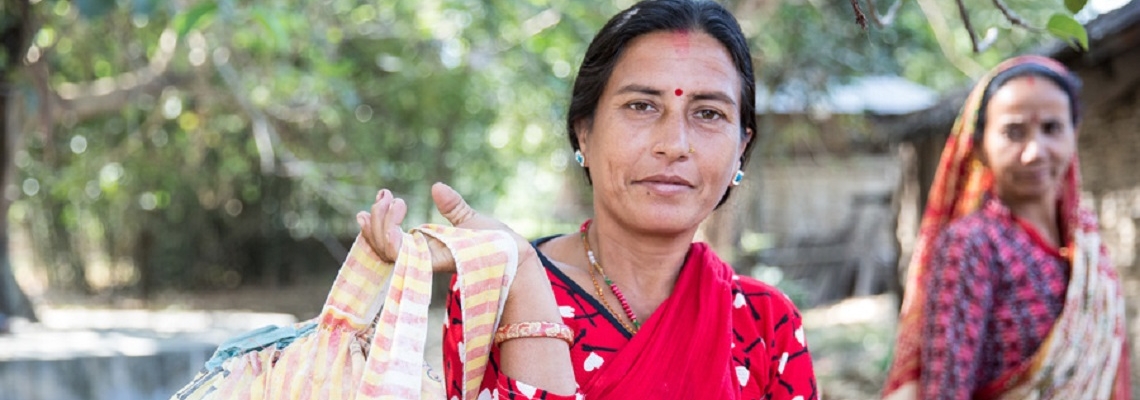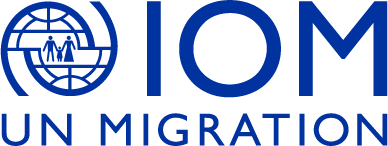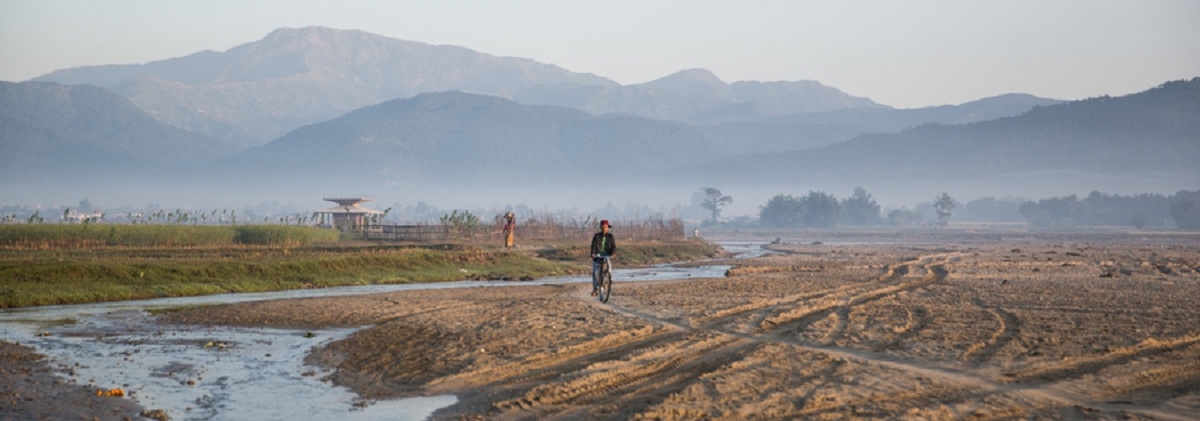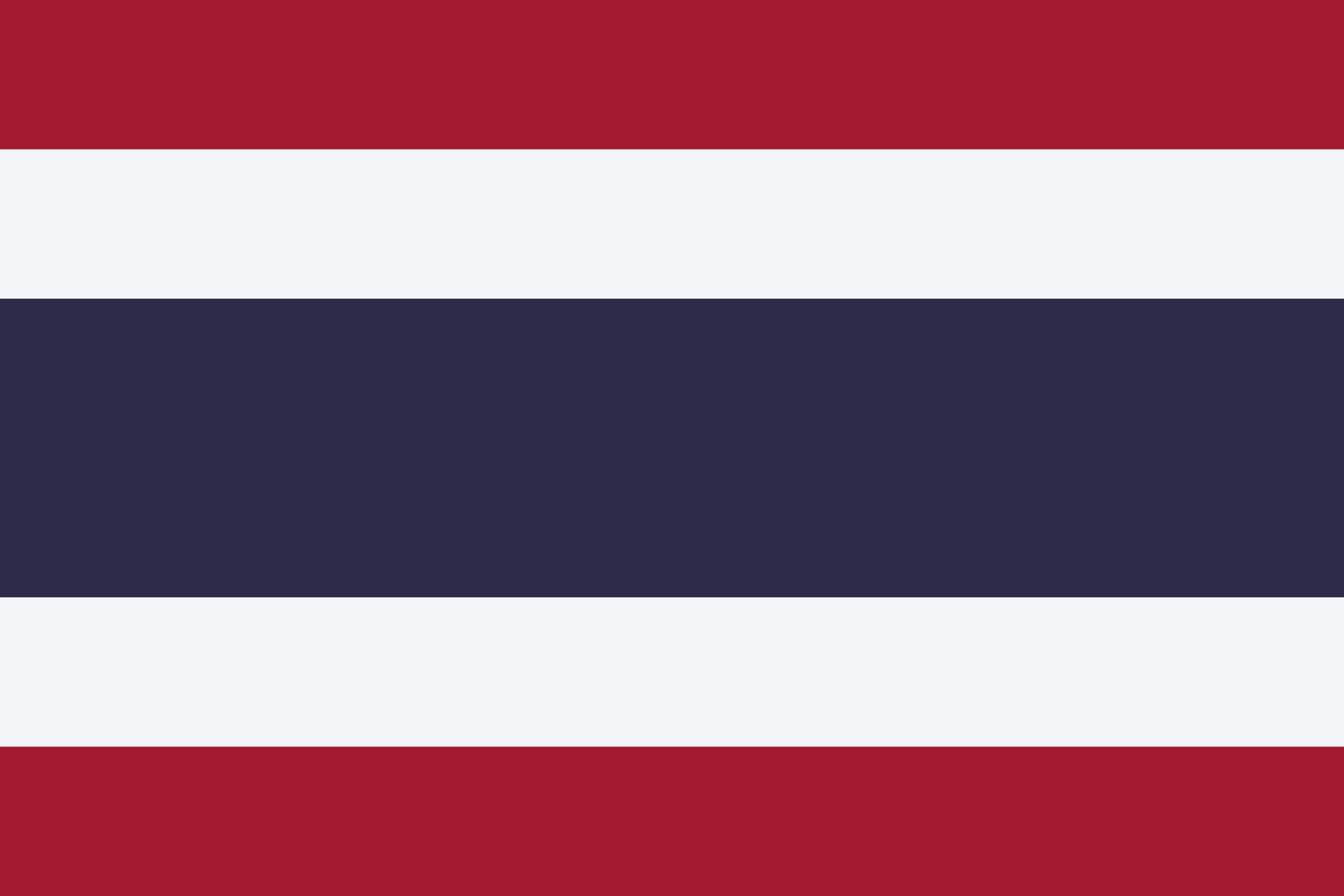IOM Vision
IOM, in coordination with key stakeholders, seeks to support the strengthening of national, provincial and local governance structures which enable vulnerable communities, including migrants and displaced populations, to be better prepared, protected and have sustainable recovery and increased resilience to crises, climate change, and the impact of COVID-19 pandemic.
Objective
Driving solutions to displacement
Direct beneficiaries include 500 households of survivors of gross human rights violations (2500 individuals for an average of 5 persons per household) including the survivors of conflict-related sexual violence. Indirect beneficiaries include populations and communities most affected during the conflict period.
IOM's planned assistance in this area will be guided by the identification and needs assessment of conflict victims for accessing services that are based on the four pillars of Government of Nepal National Action Plan (NAP); namely, participation, protection, relief and recovery, and capacity building. The nature of assistance will also be guided by the collective decisions of conflict victims through inclusive dialogues. Beneficiaries will be selected based on the Government's NAP for the second phase implementation of UNSCR 1325 and 1820.
IOM will provide mental health and psychosocial support (MHPSS) for conflict-affected as well as disaster-affected persons at the individual, family and community levels to support them in coping with the situation and contribute towards strengthening social cohesion. Training activities and support will be provided to the affected population and local governments to facilitate the integration of MHPSS into livelihood and development programs at the local levels.

Objective
Strengthen preparedness and reduce disaster risk
Direct beneficiaries include 2,000 individuals, mainly the Disaster Risk Management actors from local governments, seven provincial governments and security forces, local humanitarian and development actors in the areas of origin and destination of migrants. Indirect beneficiaries include the communities, including the population left behind and families of migrants.
IOM will provide support to improve the ability of key stakeholders - mainly local and provincial governments - to anticipate and effectively respond to the impact of likely hazards. The support will include a range of activities for strengthening inter-agency preparedness, developing the preparedness capacities of government and non-governmental partners to improve humanitarian response and strengthening the capacities of stakeholders to assist migrants in countries in crisis (MICIC). Gender equality will be given due consideration while implementing the activities.
IOM plans to revise the population tracking tool together with humanitarian actors, the local governments and cluster leads and co-leads, in line with the federal context and train CCCM partners, humanitarian actors and development partners to track and monitor forced displacement. Support will also be provided to integrate DTM into the mapping of potential evacuation and displacement sites and strengthening the data collection mechanisms. Protection issues will be duly considered while revising the DTM tool.
IOM plans to strengthen disaster risk reduction and promote a whole of government approach to help Nepal move towards the path of strengthening overall resilience. The overall aim is to minimize the challenges the country faces regarding natural hazard related disasters, displacement, and building resilience through sustainable recovery and re/construction. IOM plans to build multi-purpose evacuation centers to provide safe places for evacuation and recovery following a disaster; identify and map open spaces using a geographic information system (GIS) to safeguard open spaces as evacuation centers and shelter by communities in coordination with local governments and federal government; orient and train newly elected local government officials and community members to mainstream reconstruction within local development plans; and train local government agencies and community members on Camp Management and Camp Coordination (CCCM) to enable them to manage temporary settlement in these identified open spaces.
Nepal
The map used here is for illustration purposes only. Names and boundaries do not imply official endorsement or acceptance by IOM.
Figures are as of 31 December 2023. For more details of IOM's operational capacity in country, please see the IOM Capacity section.





